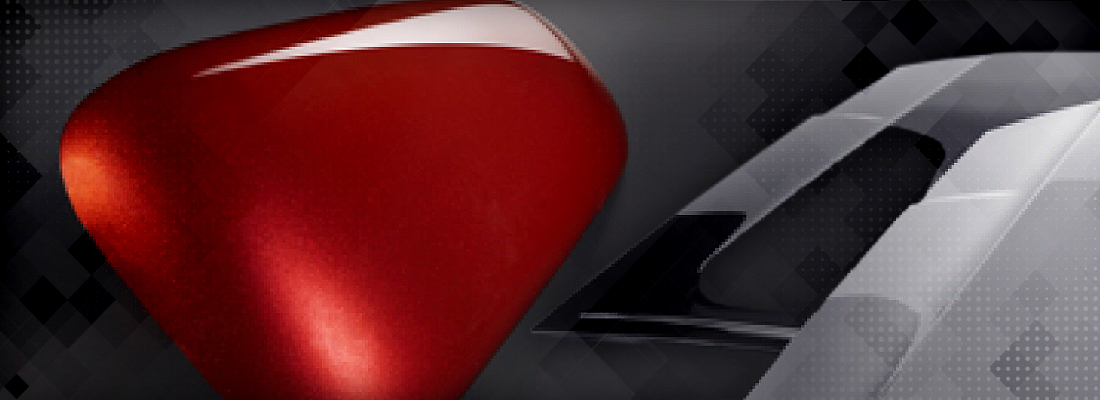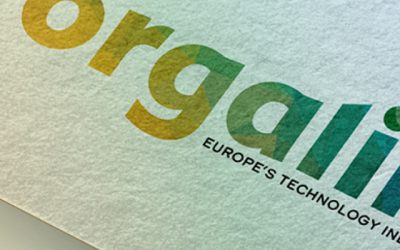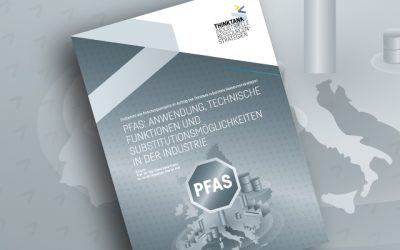
Building technology clusters to disrupt a market with rim coating
Mr. Halsband has been successful in structuring Business Development Programs for the introduction of Automated Manufacturing technologies for various companies. Building upon his experience with GM where he supported the development of alternative adhesive applications for the mass production of Composite Paneled Vehicles, he developed a comprehensive understanding of the drivers and barriers to automotive Lightweighting. This combination of experience and industry knowledge is a key factor to him successfully identifying, developing and promoting technologies for high volume production of advanced vehicle architectures.
You identified the opportunity for a potentially disrupting new coating technology to replace the traditional paint methods of the automotive industry. How have you done this?
It began with gaining an understanding of the current pain points of the OEMs around painted parts — high scrap rates, low material utilization, and limitations on surface functionality. Interior parts with OEM-approved requirements regarding durability and decorative appearance (including characteristics such as color, gloss, UV resistance, and scratch resistance) are currently produced using a time-consuming and costly post-molding manner that requires costly capital equipment, but also generates high levels of scrap and waste, plus additional logistics and handling costs. Ruhl identified an opportunity for process and production evolution, conducted a needs analysis, and determined not only that process improvements could be made, but that other value could be delivered through this new process; Reaction Injection Over Molding (RIM).
Graph 1: RIM coated materials with different designs, colors, textures & effects. Source: VOTTELER Lackfabrik GmbH & Co. KG
What are the main advantages of RIM?
RIM is an innovative coating technology that utilizes the advanced chemistry of polyurethane RIM coating to enable the production of “Class A” components directly from the mold. It improves product quality, design freedom, performance and reduces waste.
Back to your process: How did you determine that a Technology Cluster was needed to support the disruption of the market and identify the right group of partners?
It became evident that a capable supply base needed to be created to enable this new technology to gain traction in such a highly competitive market. Ruhl first targeted and engaged the minimum viable set of partners which we believed were critical to solidifying market acceptance and accelerating the adoption of this technology – partners featuring innovative coating, novel tool design, coating equipment, and a neutral facility which would allow for an open Demonstration, Development, Validation and Pilot Production facility.
Graph 2: Conventional spray coating Process vs. RIM coating process.
How did you validate that this solution would be embraced by the End User?
Ruhl has built a strong ecosystem of partners throughout the automotive value chain, and as such, has great access to Tiers and OEMs. This allows us to engage them, gain their support. and validate that the new coating solution meets or exceeds their requirements, compared to the current painting process. Reducing process steps, lowering scrap rates, and increasing styling freedom have been particularly important to support the growing needs for future vehicles.
What were the critical elements of the “Complete Technology Solution”?
Critical elements included an innovative Polyurethane (PU) coating, allowing final painted parts directly from the molding process and a neutral Demonstration, Development, Validation and Pilot Production facility where OEM’s and Tiers could witness the complete solution first-hand.
VOTTELER Lackfabrik GmbH & Co. KG in Stuttgart, Germany was identified as having the most innovative and differentiated PU coating systems capable of achieving OEM-validated automotive paint requirements, and SA Engineering in Livonia, Michigan was engaged as a partner due to their experience with Injection Molding technology and their capability to establish a first-of-its-kind facility, the RIM Coating Technology Center (RCTC), for RIM Coating in North America.
What has been the market’s reaction to your Technology Cluster approach?
The response to Ruhl’s Technology Cluster approach has been overwhelmingly positive. Automotive OEMs and Tiers have greatly appreciated that a complete solution to their problem has been developed and that they can witness and validate the technology at a neutral location.
Essentially, OEMs and Tiers now only need to work with one supplier, the RCTC, compared to what would have been several different suppliers to evaluate the technology.
We were able to understand their challenges and make it easier for them to embrace the process, thus accelerating the adoption of this technology.
Adam J. Halsband
Managing Partner bei Ruhl
DAS KÖNNTE SIE NOCH INTERESSIEREN …
Neue Wege in der Industrie: TIM Consulting zu Gast bei Orgalim
TIM Consulting folgte der Einladung des Europäischen Industrieverbandes, die PFAS-Studie vorzustellen.
Gibt es Substitute für die industrielle Anwendung von PFAS?
TIM Consulting als Experten-Beratung bei Transformationswissen BW.
Projektabschluss „PFAS-Substitutionsmöglichkeiten in der Industrie“
PFAS-Projekt mit THINKTANK Industrielle Ressourcenstrategien, INEC und Unternehmen aus betroffenen Branchen liefert erste Ergebnisse.




